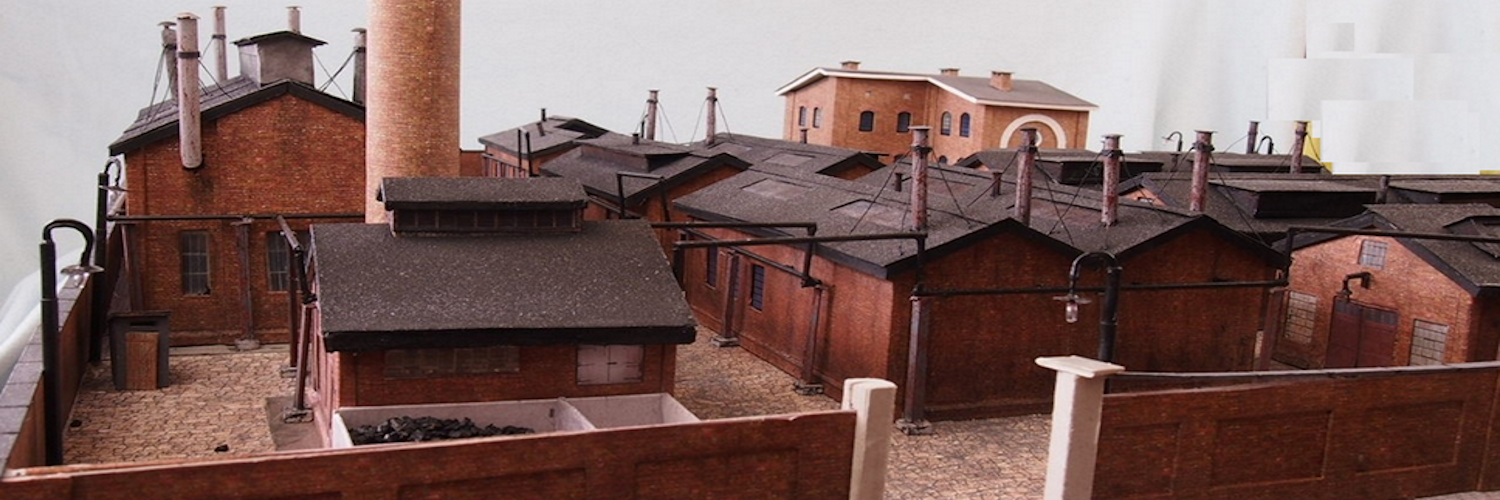How to connect the Model Scenery Block Occupancy Detector to your signal driver and control panel for optimal operation of your layouts block signals
Summary Of This Block Occupancy Detector Page
Whether operating with DC or DCC, monitor block occupancy status on your control panel and control it manually or through IR sensors. This tutorial also provides clear instructions on connecting the detector to your signal driver, tailored for different signal systems.
Video Demonstration Of Operation Of The Block Occupancy Detector
Video In Editing
 Unique Features Of This Block Occupancy Detector
Unique Features Of This Block Occupancy Detector
- Works with either DC or DCC.
- Works whether the block is powered or not.
- Occupancy status can be displayed on the control panel so one can watch a train’s progress.
- Block occupancy state can be changed from the control panel. This allows cars to be uncoupled on a siding, the locomotive to leave the block and the block to be manually set to show it is occupied.
- Occupancy state is controlled manually by dispatcher or IR sensors.
- Only two IR sensorss, (one a the entrance and the other on the exit of the block) are required regardless of the length of the block.
- Triggering either sensor gives a block occupied signal. The signal does not change until either of the detectors is triggered or the dispatcher manually changes he state.
- Works particularly well with ou2 DCC and DC independent block signal controller. Info is about that controller is here.
The Detector Board
The board controls block occupancy status for 2 blocks.
It provides three output signals per block. One connects to an LED on your control panel. Then there is a + signal and a connection via a Mosfet switch to ground.
A momentary contact button and LED, one for each block is placed on the control panel.
The LEDs on the control panel allows a dispatcher to be aware of the occupancy condition of any block and to follow the progress of a train around the layout.
Sensors are placed at the block’s entrance and exit. Triggering either of these, in any order, causes the occupancy state to change. State can also be changed by the dispatcher pressing the push-button on the control panel.
The control panel button allows the dispatcher to change occupancy status as he sees fit. Also ,when a train leaves cars on a siding and then exits the siding, the block will show unoccupied even though cars are in the block. The dispatcher presses his button and the block now shows occupied.
Connecting The Block Occupancy Detector
Your signal controller will require either a + signal input or a connection to ground to change signal state. There are terminals on the board that indicate what the output is.
Connecting To The Model Scenery Signal Driver
The way you connect the detector to the signal driver depends on the type signal system that you are using.
Specific instructions for the most common signals are in the pages linked below.
- Red, Yellow and Green – 3 Light signals. Click For Instructions
- Red, Yellow and Green And Red Green – 1 Light Spotlight signals. Click For Instructions
- Red and Green – 2 Light signals. Click For Instructions
- PRR Position Light signals. Click For Instructions
Feedback
Please let us know if this page has been helpful And if you have questions or suggestions, use this spam free system.
Or use the green WhatsApp button that is to the right.

